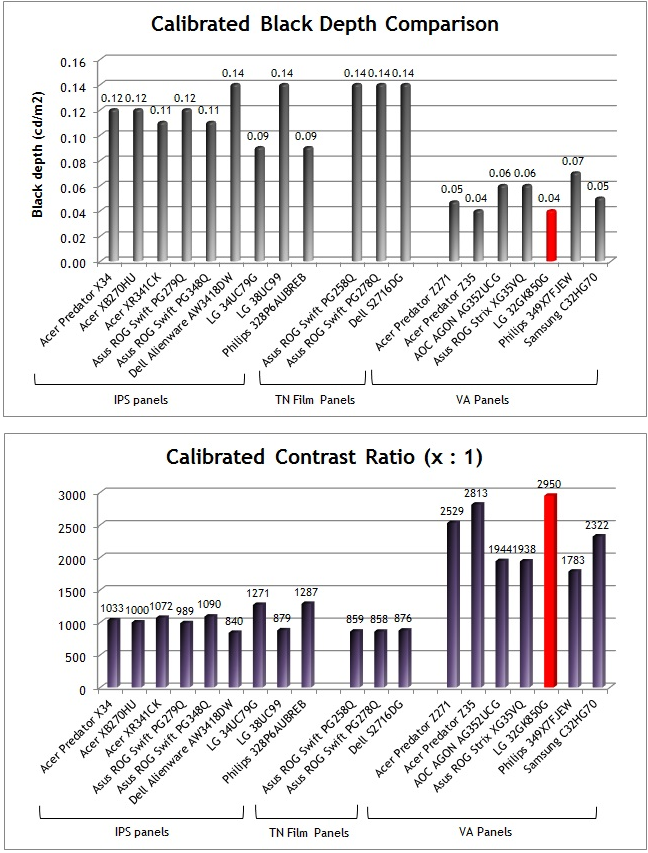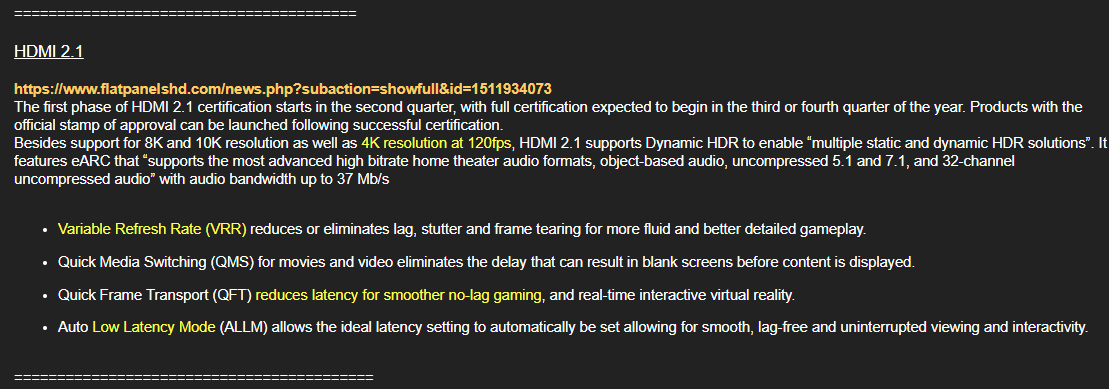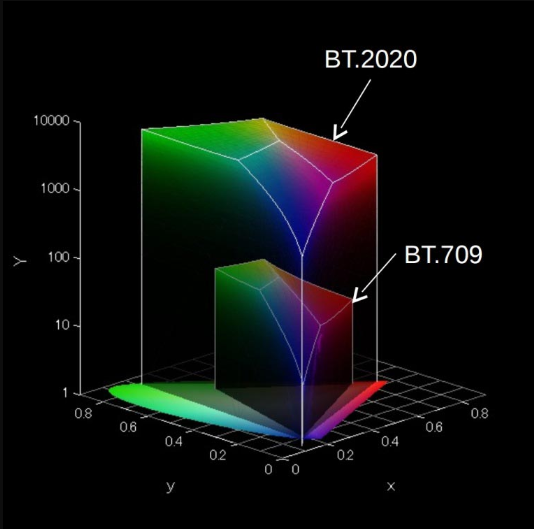Yep, it's what you'd expect from the title. I'm in the market for a monitor and i'm not sure which I should prioritize. Should I go for a pro-grade IPS that tends to have better uniformity, contrast, and accuracy than their gaming-grade counterparts? Or go with one of the 144hz IPS/VA displays that are on the market which may not be as good in other areas but include technologies like G-Sync. (I use Nvidia)
Size and resolution are secondary right now, i'm just trying to figure out which side of the fence I fall on. I do play games, but a lot of them are RPG or RTS and i've never had a problem with 60hz up to this point even in the shooters I play. That's not to say a higher refresh rate wouldn't be better and if I could have everything I would, but it seems like I have to pick one or the other. I'm sure the phrase "you don't know what you're missing out on" is true, but i've been "surviving" on 60hz all the same.
Basically, for anyone else who has considered these options, does having a high refresh rate outweigh all other options? Is it worth it to sacrifice a bit of quality in all areas for extreme performance in one particular area?
I'm sure this thread is a bit derivative and the topic has come up before, i'm just completely stuck even trying to narrow down my options.
Size and resolution are secondary right now, i'm just trying to figure out which side of the fence I fall on. I do play games, but a lot of them are RPG or RTS and i've never had a problem with 60hz up to this point even in the shooters I play. That's not to say a higher refresh rate wouldn't be better and if I could have everything I would, but it seems like I have to pick one or the other. I'm sure the phrase "you don't know what you're missing out on" is true, but i've been "surviving" on 60hz all the same.
Basically, for anyone else who has considered these options, does having a high refresh rate outweigh all other options? Is it worth it to sacrifice a bit of quality in all areas for extreme performance in one particular area?
I'm sure this thread is a bit derivative and the topic has come up before, i'm just completely stuck even trying to narrow down my options.
Last edited:
![[H]ard|Forum](/styles/hardforum/xenforo/logo_dark.png)




